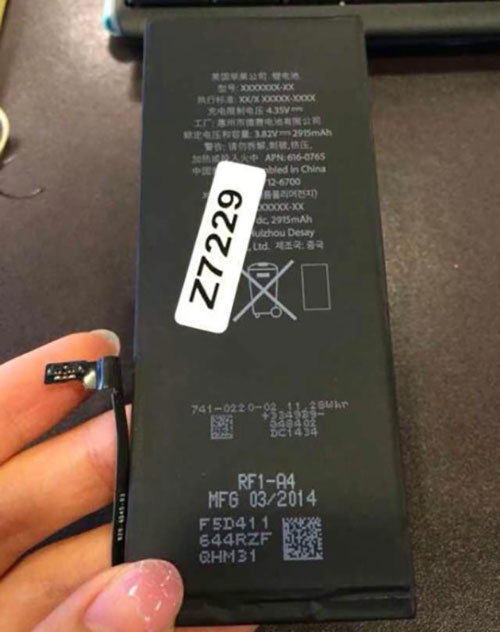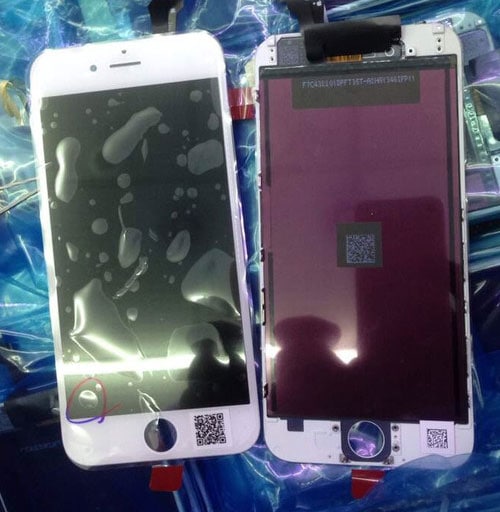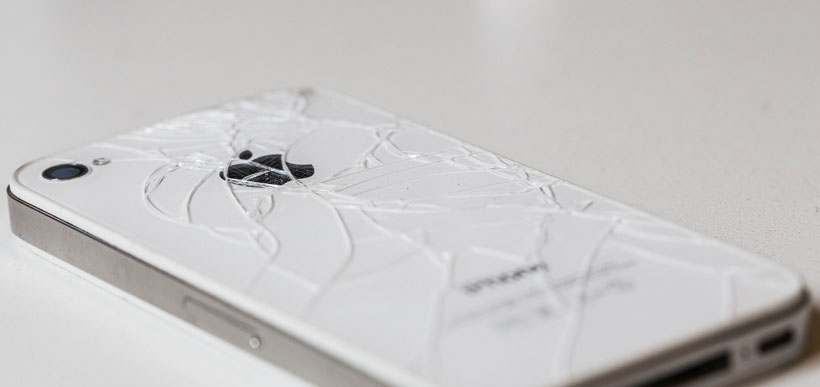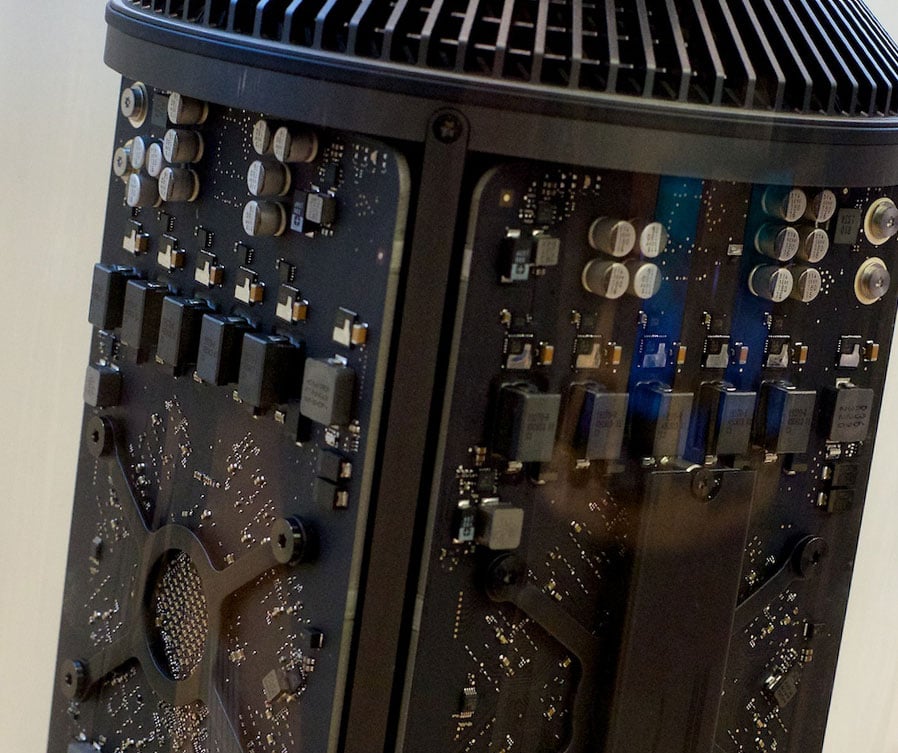The iPhone 6 is expected to be revealed in just a few weeks, so it’s not unusual that rumors are starting to pile up. Two separate reports surfaced today that point to larger batteries in both the 4.7 inch and 5.5 inch devices.
The first comes out of China, and shows pictures of a purported 2,915mAh battery, which is supposedly headed towards the 5.5 inch, aptly named by the same source, the iPhone 6L. Previous to this, there have been very few leaks pertaining to the larger version of the new iPhone. Most rumors for the 5.5 inch version point to an announcement alongside the 4.7 inch iPhone 6 on September 9th, but a release sometime towards the end of 2014.



The second report points towards a bigger battery for the 4.7 inch device. It purports to show a 1,810mAh battery, which is about 25% smaller than the current generation iPhone 5s. This seems to confirm a report that came out in July that showed similar pictures of the iPhone 6 battery. However, it seems to contradict analysis from famed Apple speculator Sun Chang Xu, who claimed that the 4.7 inch device would contain a 2,100mAh battery.
Of the two reports, the second seems to be the most reliable, as it confirms another rumor that appeared in the press before. What’s most interesting, however, is that this marks the first time that parts for the larger version of the iPhone 6 have appeared online. There are two possible reasons for this. Either the report is false (read: made up), or the 5.5 inch iPhone 6 really is much farther behind in production than the 4.7 inch version. Which it is, is still a matter of speculation and doubt, and will be until the devices are launched in early September.
In addition to parts leaks, iOS 8 is still getting closer to release, with a new beta expected sometime in the next week and half. iOS 8 contains highly anticipated additions to Apple’s iPhone operating system, including Extensions (for inter-app communication and third party keyboards), Continuity (for app continuous client between Apple devices), and Health (Apple’s first foray into the health market).
There are still many questions, however, when it comes to Apple’s next iOS devices. For example, it is still unknown what is going to happen to the iPhone 5c. Will there be an update to it, or will that wait until next year? Will the iPhone 5s be this year’s marked down phone (replacing the 5c)? All of these will only be answered once Tim Cook stands on the stage on September 9th.





